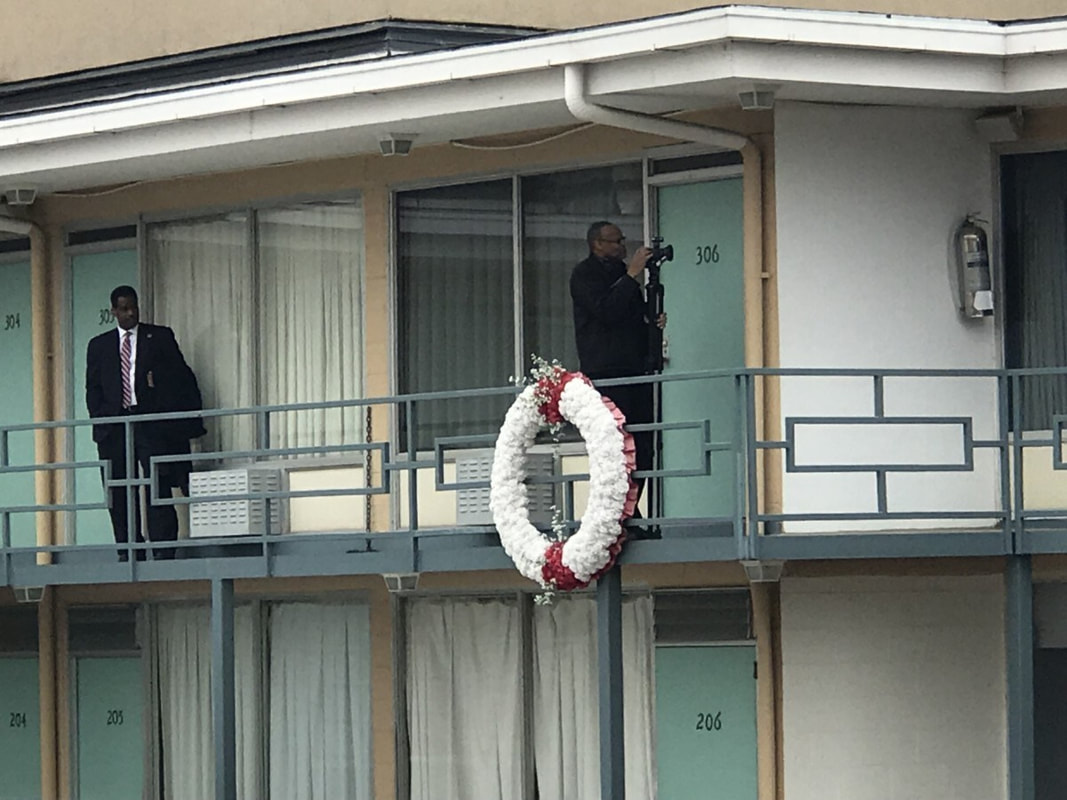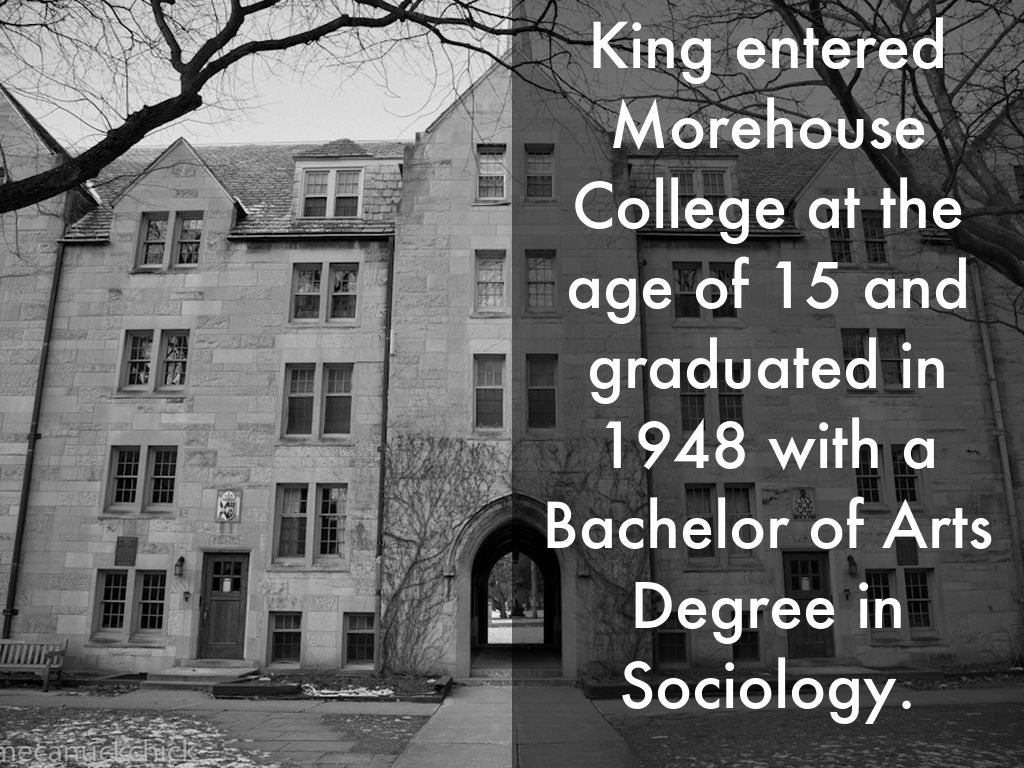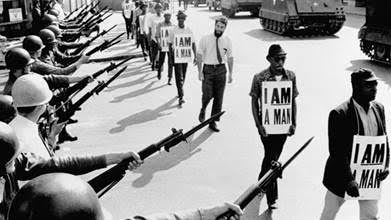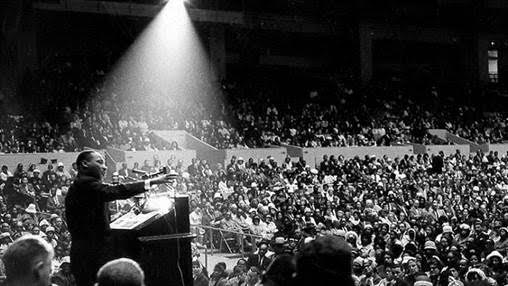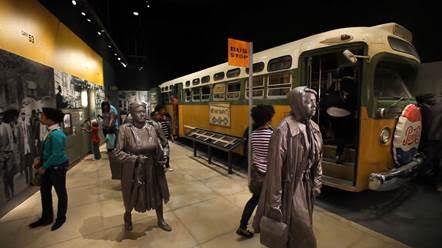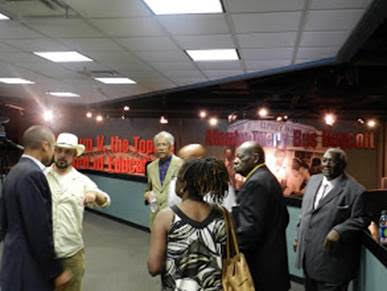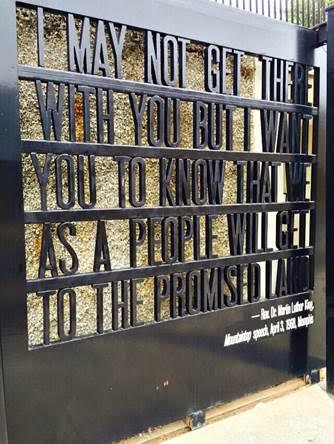|
I am reminded of driving north from spring training that day, with black friends and white friends in two cars -- the looks of terror at some Holiday Inn in east Georgia, when they thought we were Freedom Riders rather than tired travelers, in psychic shock. How they hustled to accommodate us! In January, Black History Month, I wrote an essay about Martin Luther King, Jr. -- based on a radio documentary about King's connection to music, by his fellow Morehouse alumnus,Terrance McKnight of WQXR-FM in New York. That link is repeated as we approach the 50th anniversary of his death on April 4: www.georgevecsey.com/home/what-if-martin-luther-king-jr-were-alive-today Other people are remembering Dr. King this week. My friend Maria Saporta, who grew up with the King children in Atlanta, now issues the Saporta Report, about the business and life of Atlanta. She was previously the business columnist at the Atlanta Journal-Constitution. Saporta recently ventured to Memphis, where her friends' father was assassinated Her touching essay is linked here: https://saportareport.com/still-missing-martin-luther-king-jr-after-all-these-years/ And Lonnie Shalton, a "mostly retired lawyer from Kansas City who writes about baseball and other assorted topics," and is a good friend of the Negro Leagues Baseball Museum in that city, wrote about Dr. King. From Lonnie Shalton: I felt the need today to take a break from my Hot Stove baseball posts. Fifty years ago today, Martin Luther King delivered his last speech: “I’ve Been to the Mountaintop.” The following day, he was assassinated. I have written annual messages for the MLK holiday since 2002, and the one I sent in 2012 was about this speech. (Lonnie mentions a 2009 trip to Jordan, going to Mount Nebo, where Moses is said to have stood to view the Promised Land.) Fast forward from biblical times to April 3, 1968. Martin Luther King was in Memphis to support striking sanitation workers who were marching with a simple message: “I AM A MAN.” That night, at the Mason Temple, King gave what would be his last speech: "I've Been to the Mountaintop." King prophetically spoke of his likely early death and that he would not get to see the full fruits of his labor in the Civil Rights Movement. "I would like to live a long life; longevity has its place. But I'm not concerned about that now. I just want to do God's will. And He's allowed me to go up to the mountain. And I've looked over. And I've seen the Promised Land. I may not get there with you. But I want you to know tonight, that we, as a people, will get to the Promised Land." One of the Memphis hosts for that speech at the Mason Temple was Reverend Billy Kyles. The next day, Kyles drove to the Lorraine Motel to pick up King to take him to dinner. He joined King in his 2nd-floor room with Ralph Abernathy and went with King to the balcony to speak to supporters in the parking lot. A few seconds after Kyles left King alone on the balcony, James Earl Ray fired his shot. In the summer of 2011, Rita and I were in Memphis with our friends Larry and Diana Brewer. We visited the Lorraine Motel, which is now the "National Civil Rights Museum" featuring excellent exhibits on major milestones of the Civil Rights Movement. A compelling reminder of the times is a city bus that you can board, and when you sit near Rosa Parks, a recording is activated to tell you to move to the back of the bus. The museum tour begins with an introductory movie narrated by Reverend Kyles. At the end of the movie, we were informed that Kyles was in the building filming a piece with CNN newsman T.J. Holmes in anticipation of the opening of the MLK Memorial in Washington. We went to the second floor to watch the filming and then had the opportunity to visit with the gracious Reverend Kyles at almost the exact spot where he had been at that fateful moment in 1968. In the photo below, T.J. Holmes is on the left, Kyles is in the center and the two gentlemen on the right are retired sanitation workers who were among those 1968 marchers wearing "I AM A MAN" placards. The museum continues across the street to the rooming house from which James Earl Ray fired his shot. There are exhibits related to Ray's planning and capture, and we were reminded that Ray at the time was a fugitive from the Missouri State Penitentiary. Thanks to Terrance McKnight, Maria Saporta and Lonnie Shalton, for caring.
bruce
4/3/2018 07:17:07 pm
george,
Brian Savin
4/4/2018 08:53:14 pm
I get it. Still, I’m not one who remembers deaths. I can’t name the dates of any of my beloved late family, including my parents. Life is the subject of celebration. It’s all we have. I remember I was in Geography when JFK was shot, though not the date. I remember I was in bed listening to the California returns when RFK was shot, hoping he would lose and Gene McCarthy would be the Presidential nominee. I was so disgusted that year I voted for Nixon, who turned out to be our last truly liberal President. Part of my disgust was the MLK assassination. But more importantly I read his letter from the Birmingham prison to my young kids every year on his holiday. Still one of the best Holy Epistles ever written. He lives. 4/7/2018 10:33:40 am
I'm researching the history of the FBI and the United States intelligence community for an adult education course I will be teaching in the spring of 2019. I was amazed, but not surprised, that Hoover had a huge dossier on MLK for the purpose of harassing and discrediting him. One aspect was to pressure MLK into committing suicide. Comments are closed.
|
Categories
All
|
